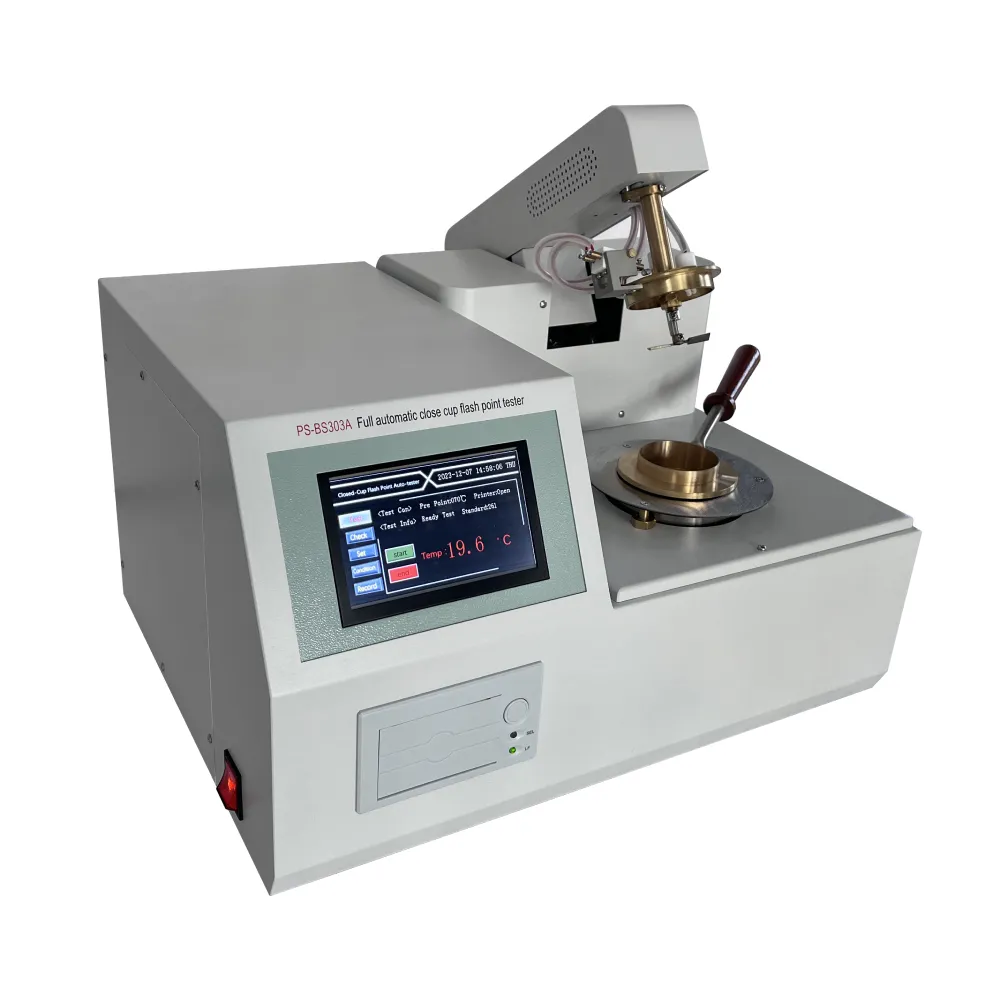 English
English



-
 Afrikaans
Afrikaans -
 Albanian
Albanian -
 Amharic
Amharic -
 Arabic
Arabic -
 Armenian
Armenian -
 Azerbaijani
Azerbaijani -
 Basque
Basque -
 Belarusian
Belarusian -
 Bengali
Bengali -
 Bosnian
Bosnian -
 Bulgarian
Bulgarian -
 Catalan
Catalan -
 Cebuano
Cebuano -
 China
China -
 China (Taiwan)
China (Taiwan) -
 Corsican
Corsican -
 Croatian
Croatian -
 Czech
Czech -
 Danish
Danish -
 Dutch
Dutch -
 English
English -
 Esperanto
Esperanto -
 Estonian
Estonian -
 Finnish
Finnish -
 French
French -
 Frisian
Frisian -
 Galician
Galician -
 Georgian
Georgian -
 German
German -
 Greek
Greek -
 Gujarati
Gujarati -
 Haitian Creole
Haitian Creole -
 hausa
hausa -
 hawaiian
hawaiian -
 Hebrew
Hebrew -
 Hindi
Hindi -
 Miao
Miao -
 Hungarian
Hungarian -
 Icelandic
Icelandic -
 igbo
igbo -
 Indonesian
Indonesian -
 irish
irish -
 Italian
Italian -
 Japanese
Japanese -
 Javanese
Javanese -
 Kannada
Kannada -
 kazakh
kazakh -
 Khmer
Khmer -
 Rwandese
Rwandese -
 Korean
Korean -
 Kurdish
Kurdish -
 Kyrgyz
Kyrgyz -
 Lao
Lao -
 Latin
Latin -
 Latvian
Latvian -
 Lithuanian
Lithuanian -
 Luxembourgish
Luxembourgish -
 Macedonian
Macedonian -
 Malgashi
Malgashi -
 Malay
Malay -
 Malayalam
Malayalam -
 Maltese
Maltese -
 Maori
Maori -
 Marathi
Marathi -
 Mongolian
Mongolian -
 Myanmar
Myanmar -
 Nepali
Nepali -
 Norwegian
Norwegian -
 Norwegian
Norwegian -
 Occitan
Occitan -
 Pashto
Pashto -
 Persian
Persian -
 Polish
Polish -
 Portuguese
Portuguese -
 Punjabi
Punjabi -
 Romanian
Romanian -
 Russian
Russian -
 Samoan
Samoan -
 Scottish Gaelic
Scottish Gaelic -
 Serbian
Serbian -
 Sesotho
Sesotho -
 Shona
Shona -
 Sindhi
Sindhi -
 Sinhala
Sinhala -
 Slovak
Slovak -
 Slovenian
Slovenian -
 Somali
Somali -
 Spanish
Spanish -
 Sundanese
Sundanese -
 Swahili
Swahili -
 Swedish
Swedish -
 Tagalog
Tagalog -
 Tajik
Tajik -
 Tamil
Tamil -
 Tatar
Tatar -
 Telugu
Telugu -
 Thai
Thai -
 Turkish
Turkish -
 Turkmen
Turkmen -
 Ukrainian
Ukrainian -
 Urdu
Urdu -
 Uighur
Uighur -
 Uzbek
Uzbek -
 Vietnamese
Vietnamese -
 Welsh
Welsh -
 Bantu
Bantu -
 Yiddish
Yiddish -
 Yoruba
Yoruba -
 Zulu
Zulu
current transformer saturation test
Current Transformer Saturation Test
Current transformers (CTs) are essential components in power systems, used primarily for measuring current and ensuring accurate metering and protection of electrical equipment. One crucial aspect of maintaining the integrity and reliability of these devices is the saturation test. Understanding and conducting a current transformer saturation test is fundamental for engineers and technicians involved in power system maintenance and operation.
Saturation occurs in a current transformer when the magnetic core becomes fully magnetized, making it unable to accurately transform the primary current to the secondary current. This effect can lead to significant errors in measurement and protection systems, potentially jeopardizing the safety and reliability of an electrical network. Therefore, it's critical to assess the saturation characteristics of CTs to ensure their proper functioning under various load conditions.
The current transformer saturation test typically involves injecting a controlled AC current into the primary winding of the CT while monitoring the output on the secondary side. The purpose of this test is to identify the level of primary current at which the CT begins to saturate and determine its saturation curve. A common approach is to gradually increase the current to observe the point where the secondary output no longer follows the proportionality of the primary input, indicating saturation.
current transformer saturation test

During the test, the engineer will plot the relationship between the primary current and the secondary voltage. This plot will help determine the knee point of the saturation curve—the point at which the CT is no longer linear. The knee point is critical in assessing the operational range of the CT and determining whether it can withstand fault conditions without saturating.
In practice, various factors can affect the saturation characteristics of current transformers, including their design, material properties, and winding configuration. For instance, larger cores generally exhibit better saturation performance compared to smaller ones. Additionally, temperature and frequency can also influence the transformer behavior during operation.
It’s important to note that a CT’s ability to withstand high fault currents without saturating is essential to the performance of protection relays, which rely on accurate current measurements to operate correctly. If a CT saturates during a fault, the relay may not trip as intended, posing a risk to the electrical system and equipment.
In summary, performing a current transformer saturation test is a critical procedure for ensuring the reliability of power systems. By identifying the saturation characteristics of CTs, engineers can better design and maintain protective schemes, ultimately enhancing the safety and efficiency of electrical networks. Regular testing not only helps in compliance with standards but also extends the lifespan of the equipment involved.
-
Testing Equipment Industry Sees Major Advancements in 2025: Smart & Precision Technologies Lead the WayNewsJun.06,2025
-
Applications of Direct Current Generators in Renewable Energy SystemsNewsJun.05,2025
-
Hipot Tester Calibration and Accuracy GuidelinesNewsJun.05,2025
-
Digital Circuit Breaker Analyzer Features and BenefitsNewsJun.05,2025
-
Benefits of Real-Time Power Quality Monitoring Devices for Industrial EfficiencyNewsJun.05,2025
-
Earth Fault Loop Testing in High-Rise Building Electrical SystemsNewsJun.05,2025



